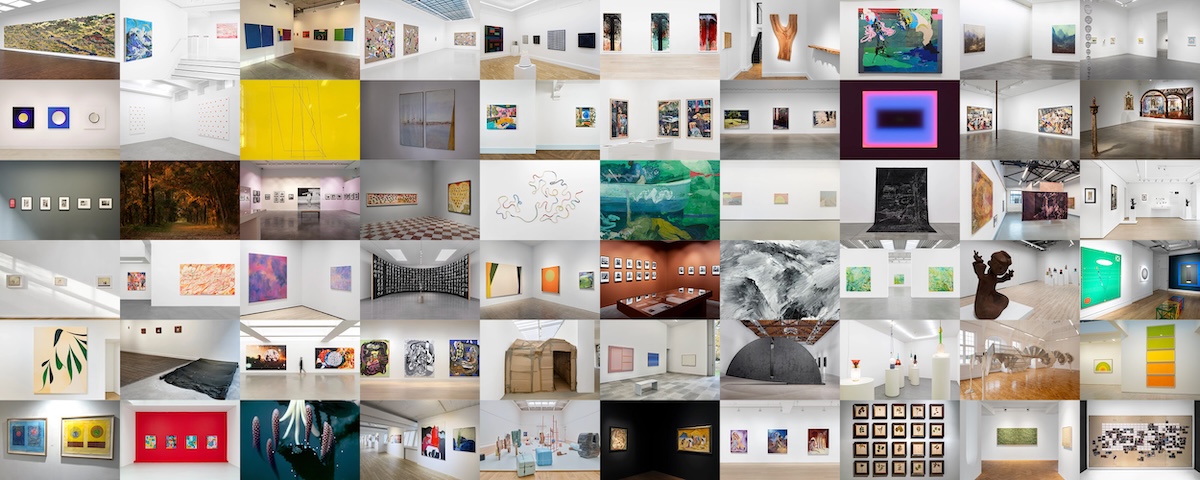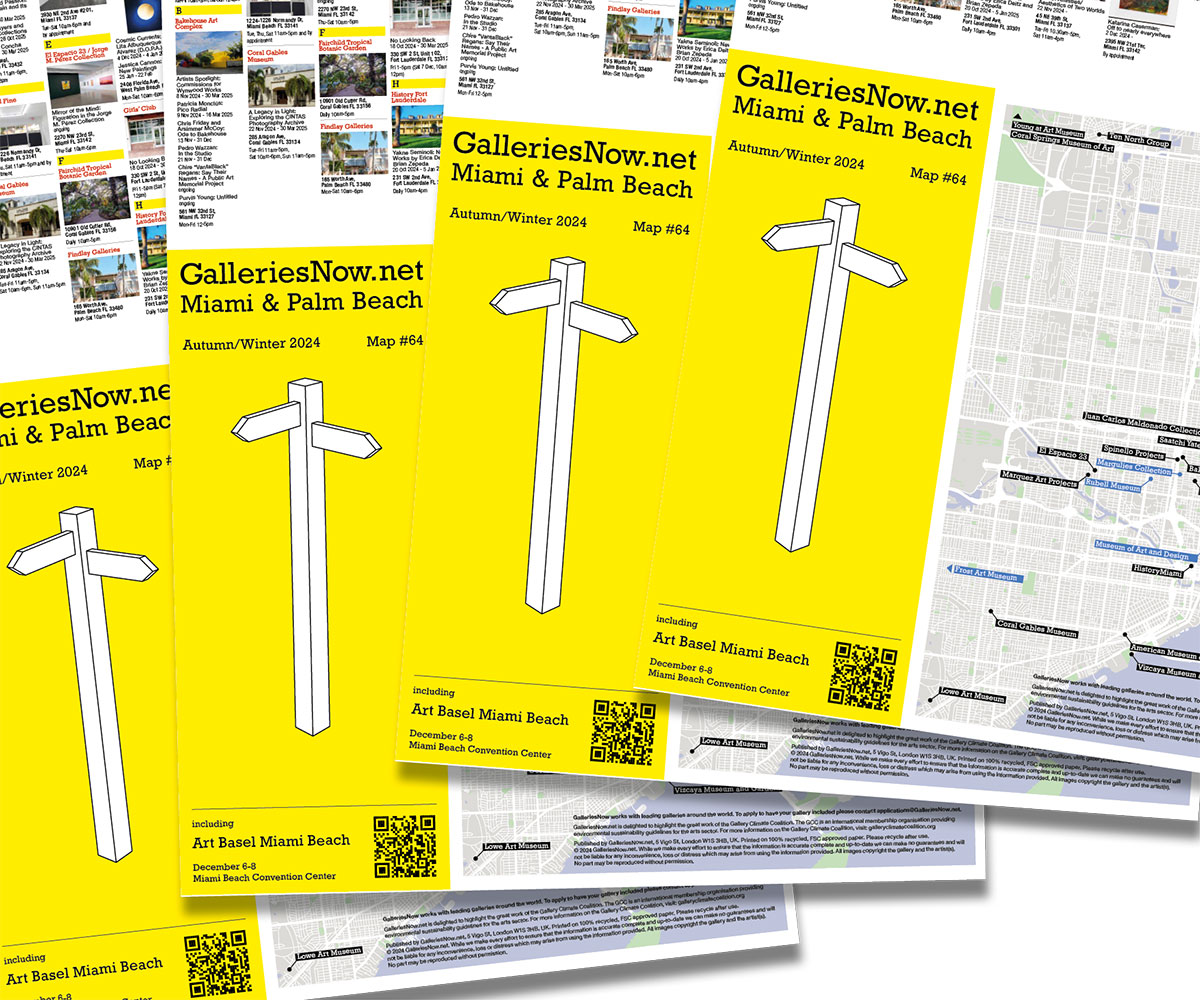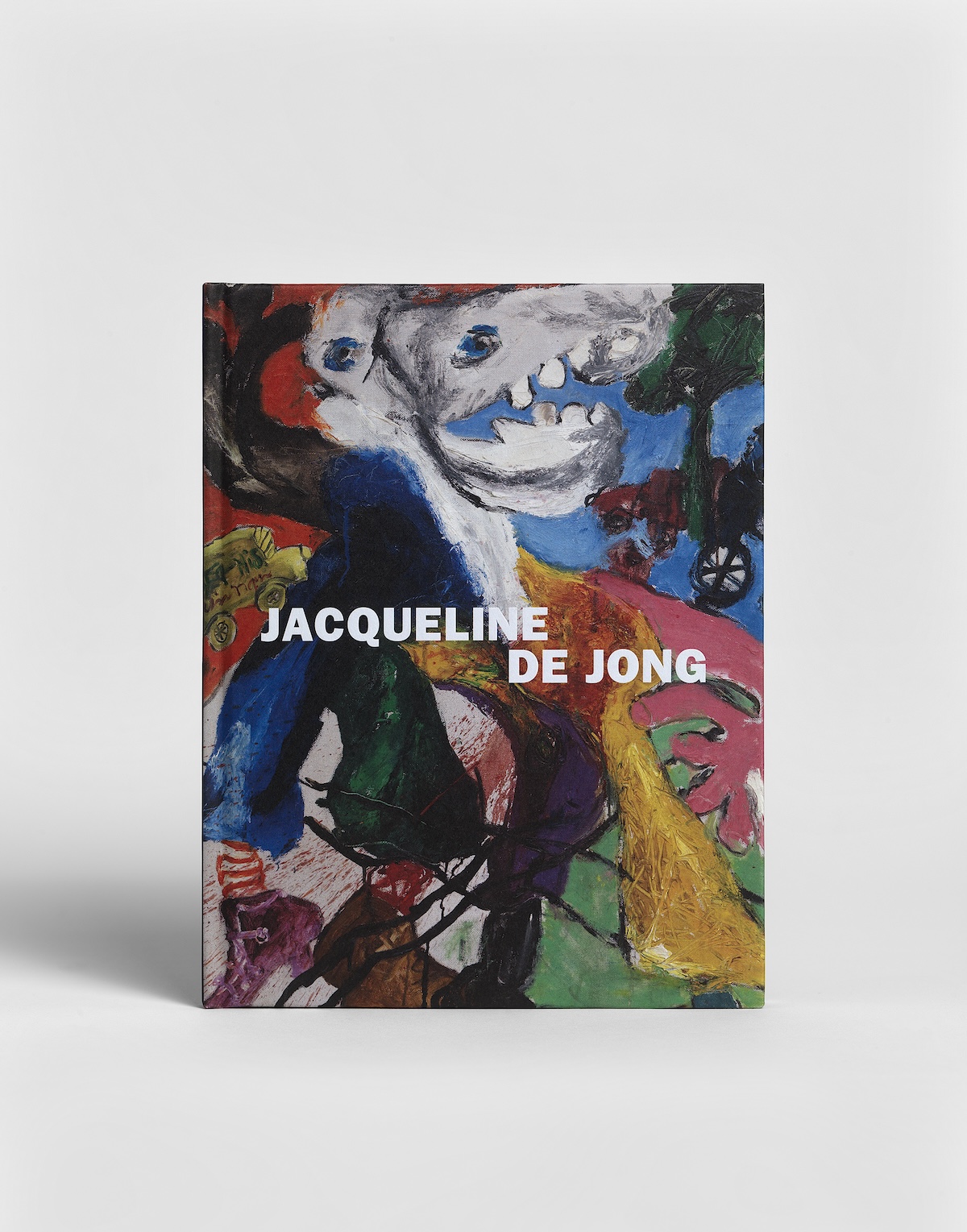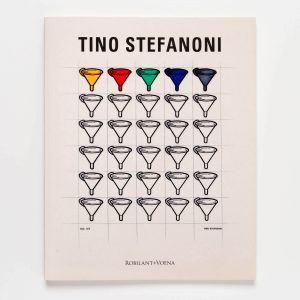A look back on our year at GalleriesNow
2024 has been incredibly busy at GalleriesNow, with almost 3,000 exhibitions promoted during the year

“the artists presented in this exhibition have a relationship with dance or, more broadly speaking, with the human body in movement”

news
2024 has been incredibly busy at GalleriesNow, with almost 3,000 exhibitions promoted during the year

news
your guide to all the best exhibitions across Miami and Palm Beach

article
the galleries that ArtReview has judged to be the most influential
 Nina Mae Fowler
Nina Mae Fowler Robilant + Voena
Robilant + Voena Jacqueline de Jong
Jacqueline de Jong Tino Stefanoni
Tino StefanoniExhibiting Artists